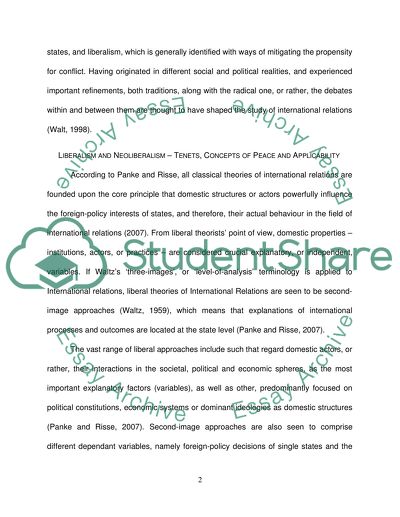Cite this document
(“Possibilities for peace in the international system: realism versus Essay”, n.d.)
Retrieved from https://studentshare.org/politics/1438446-possibilities-for-peace-in-the-international-system-realism-versus-liberalism
Retrieved from https://studentshare.org/politics/1438446-possibilities-for-peace-in-the-international-system-realism-versus-liberalism
(Possibilities for Peace in the International System: Realism Versus Essay)
https://studentshare.org/politics/1438446-possibilities-for-peace-in-the-international-system-realism-versus-liberalism.
https://studentshare.org/politics/1438446-possibilities-for-peace-in-the-international-system-realism-versus-liberalism.
“Possibilities for Peace in the International System: Realism Versus Essay”, n.d. https://studentshare.org/politics/1438446-possibilities-for-peace-in-the-international-system-realism-versus-liberalism.


